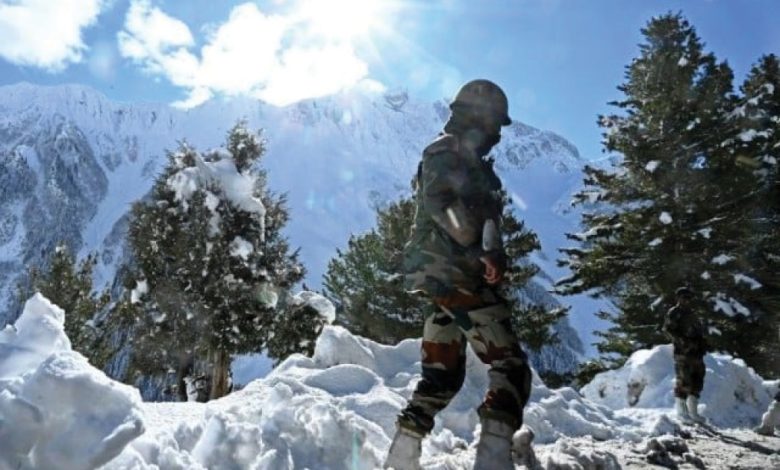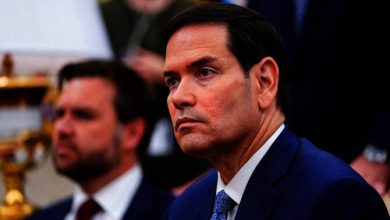China, India complete troop pullback from Himalayan border
Four years ago, 20 Indian and four Chinese soldiers were killed during border clashes in the area

beijing
India and China have completed pulling back their troops from two face-off points on their disputed Himalayan frontier as planned, an Indian defence official said on Wednesday.
The nuclear-armed neighbours reached a deal last week on patrolling the frontier in the Indian territory of Ladakh to end a four-year military stand-off, paving the way for improved bilateral political and business ties.
The disengagement that began last week has been completed and verification of the process is in progress, the Indian official told Reuters.
Soldiers will exchange sweets in a goodwill gesture on Thursday and will begin their patrols of the frontier soon after commanders on the ground finalise the modalities, he added.
There was no immediate comment from Beijing on the troops pull-back.
The mostly undemarcated border of about 4,000 km that runs along the Himalayas has been a source of tension between the world’s two most populous nations for decades and led to a brief but bloody war in 1962.
Four years ago, 20 Indian and four Chinese soldiers were killed during border clashes.
The two sides then stopped patrolling several points on the border in Ladakh to avoid new confrontations, while moving tens of thousands of new troops and military equipment closer to the freezing mountainous region.
They later pulled back troops from five face-off points but the last such withdrawal took place over two years ago.
Days after the two countries reached their new border pact, Chinese President Xi Jinping and Indian Prime Minister Narendra Modi held their first formal talks in five years on the sidelines of a Brics summit in Russia and agreed to boost communications and resolve conflicts to help improve relations.
The thaw is expected to boost economic ties that were hurt by the border tensions, although Indian officials said New Delhi would move cautiously given the trust deficit that has built up.



